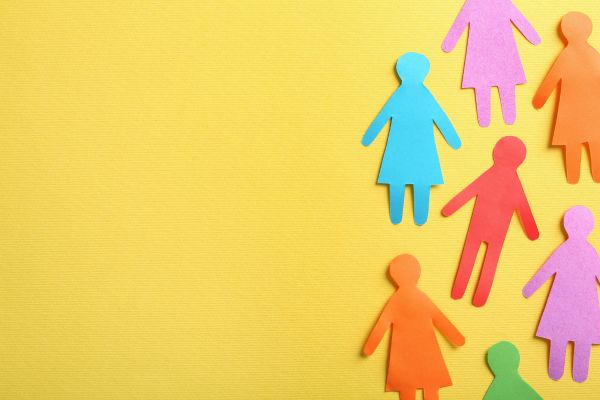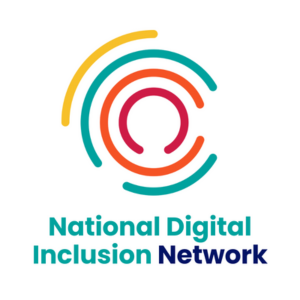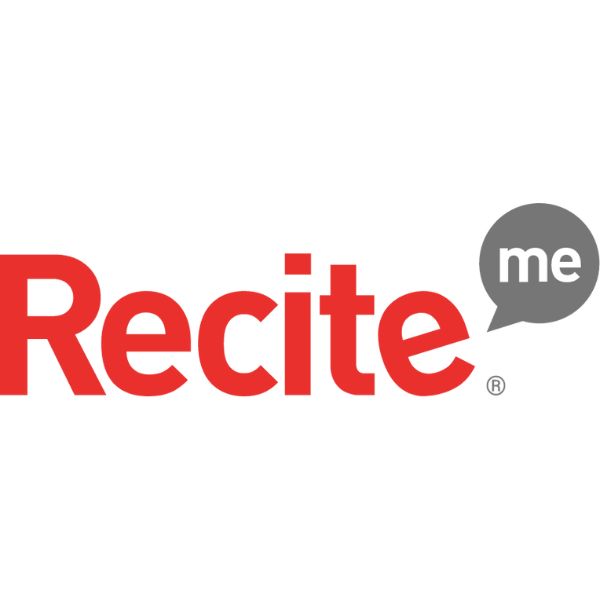Insights
INSIGHTS
All Topics
My Account
What charities can learn from Strictly Come Dancing 2022
22 Dec 2022by Laura Stanley
We explore the power of Strictly Come Dancing and the lesson in inclusivity it can teach us all
Twelve weeks ago, the nation embarked on a journey with 15 celebrities and their professional dancing partners, as they learned the difference between a Waltz and a Viennese and sorted out their fleckerls from their bota fogos. Strictly Come Dancing returned for its 20th series and crowned wildlife cameraman Hamza Yassin and his partner Jowita Pryzstal its champions.
More than nine million viewers tuned in to watch Hamza lift the famous Glitterball trophy, accounting for more than half of the audience share on Saturday night and coming second only to the World Cup in terms of ratings.
Such viewing figures are no mean feat for a TV show, particularly one that’s 18 years old – so what, precisely, is the secret to its enduring success?
One contributory factor is certainly its strong sense of self. Strictly Come Dancing is a show about ballroom dancing, in which we witness celebrities learning a new skill, and perhaps something a little bit more about themselves as well. Its premise is simple: to be the only place on television where you are guaranteed a good time – no stress, just streamers.
But even with that strong sense of self, it also understands progress, and this has helped it endure too. Some might argue that Strictly has been a little too hesitant in the past to adopt new changes, but the line up now is the most inclusive it has ever been, and the show has gone from strength to strength as a result.
Contestants with disabilities, those in same sex partnerships, and celebrities of different ages, body types, and backgrounds, demonstrate, without caveats, that dance is for everyone.
Strictly, in embracing inclusivity, has ensured its place in modern television, becoming arguably the last bastion of communal viewing beyond sporting and news events. It shows agility, the willingness to change for the better while maintaining the heart of what makes the show great.
Committing to inclusivity not only means reaching as many people as possible, but also accommodating their needs to ensure that your audiences feel respected, welcomed, and able to participate in your mission.
Whether that mission is dancing a waltz or raising money for charity, embracing inclusivity is a win for everyone and a no-brainer for charities, who like Strictly Come Dancing, are in the business of providing a public benefit.
Below, we explore some of the ways charities can commit to inclusivity and make their organisation a welcoming place for everyone. not to sound cheesy but this is what happens when tv shows choose happiness and inclusivity > negativity and nonsense✌️ https://t.co/IlGLNVBMBk
Website accessibility
Website accessibility is one of the key issues charities face when embracing digital technology, whether it’s to communicate with their audiences, reach new beneficiaries, or fundraise.
Charity websites are designed to be a window into its operations, demonstrating its impact and raising awareness of its mission. It is vital that window is open to everyone, as an ethical and, in some cases, legal requirement for charities given the communities they serve and people they interact with.
There are lots of elements charities need to think about when it comes to making their website accessible. For example, people with a visual impairment might use software that reads text and plays it back with audio – making sure, therefore, that all images have a text description is recommended to help them fully navigate the page.
Colour contrast, font size, and layout should also be considered, as well as removing anything unnecessary that might trip up audio readers, such as emojis.
Charities can find lots more guidance on online accessibility from the World Wide Web Consortium’s Accessibility Initiative.
Disability charities such as Scope, which revamped its website in 2019 to make it more accessible, also provide resources that charities might find useful in redesigning their sites. The charity shared its experience on its new site, as well as providing tips on best practice for making your site usable with an e-reader, for example.
Inclusive culture
Inclusivity starts from within. Diverse teams, boasting a range of different backgrounds and experiences, are more likely to represent the needs of their audience fully, which is particularly important when it comes to making decisions that affect others at a leadership level.
Charity boards might want to consider job shares for part-time candidates or flexible working arrangements that might benefit employees with access needs, for example.
Charity boards should also look inwards at who sits around the table. It is important that the board reflects its employees and audiences, as a visible commitment to serving their interests and demonstrating that there is room for employees especially to participate in the organisation at a high level.
Like Strictly, charities need to make inclusion part of their overall strategy. As Zoe Amar says: “There’s so much potential for inclusion in your digital strategy. Done right, it will help you reach more people, and help them, and your staff, feel a sense of belonging with your charity.”
There will always be a way to go when it comes to inclusivity. Embedding inclusivity is not a finite process – there is always more work to be done.
Strictly’s journey to becoming one of the most inclusive shows on television has been a joy to watch. The show has lost nothing of its glitz and glamour over the years, and in representing its audience more fully, it has proved that more really is merrier.
We can all learn from this example. Know your purpose but bring as many people along for the ride as possible. It can only lead to good.
More on this topic
Recommended Products
Featured Products
Our Events
Charity Digital Academy
Our courses aim, in just three hours, to enhance soft skills and hard skills, boost your knowledge of finance and artificial intelligence, and supercharge your digital capabilities. Check out some of the incredible options by clicking here.















